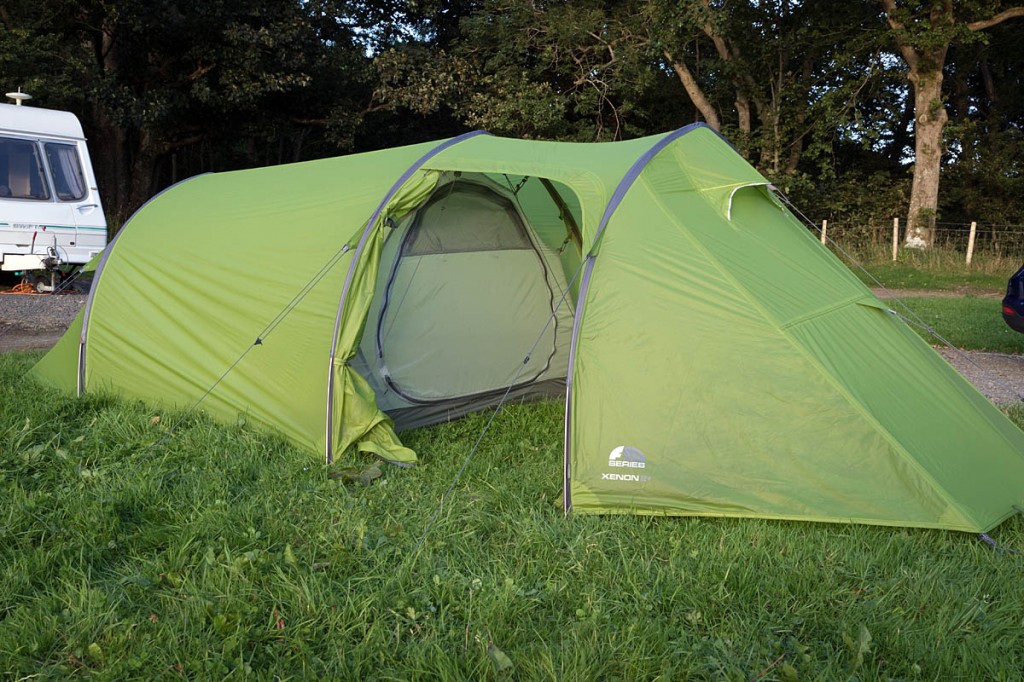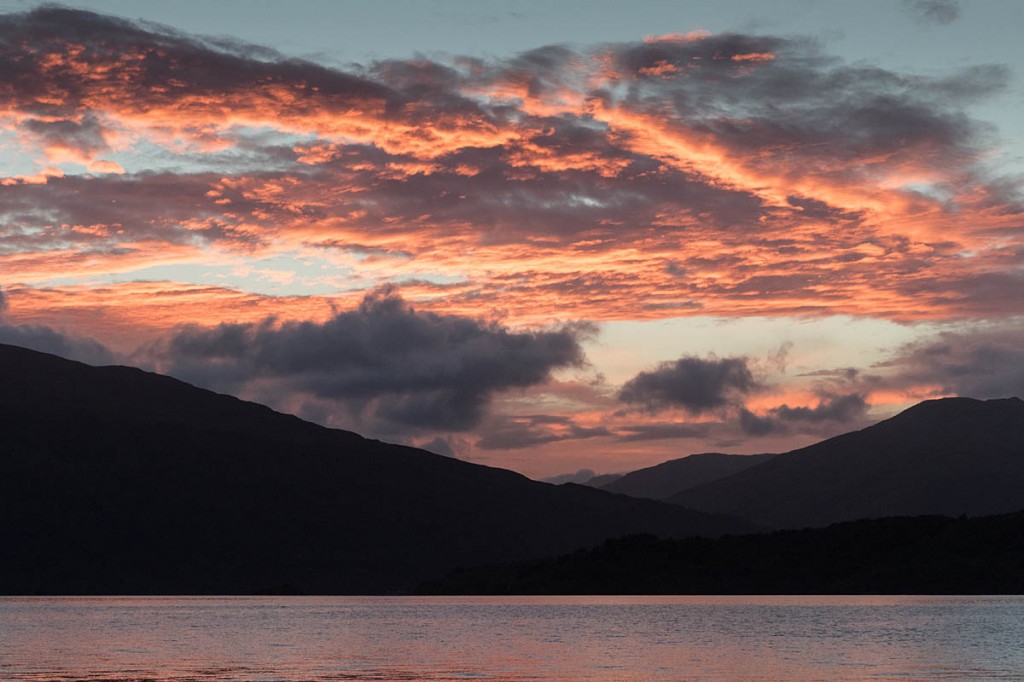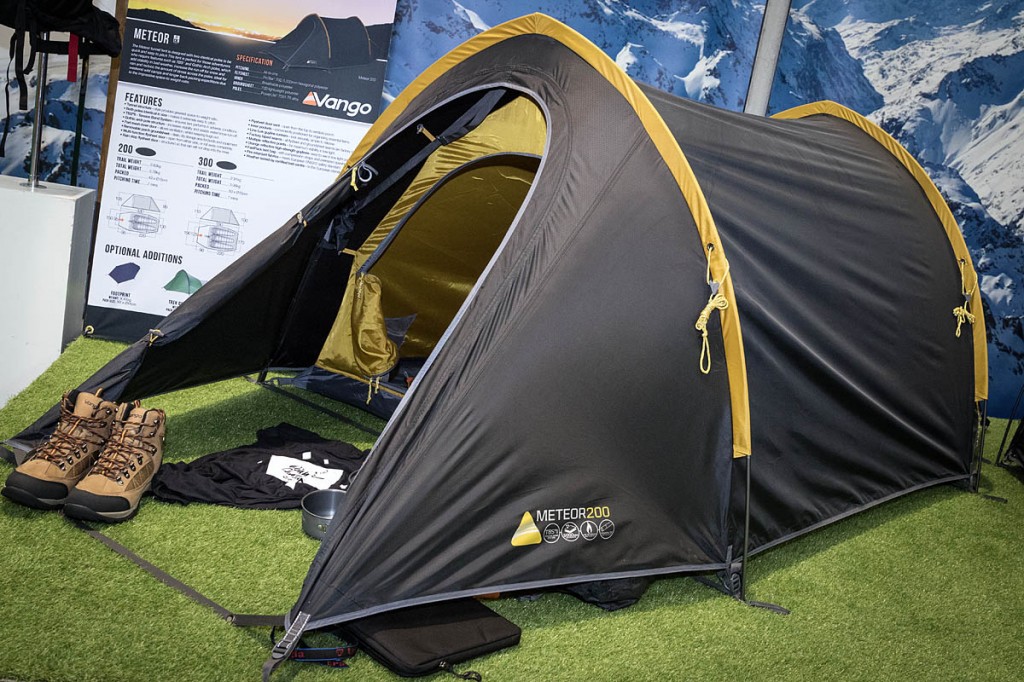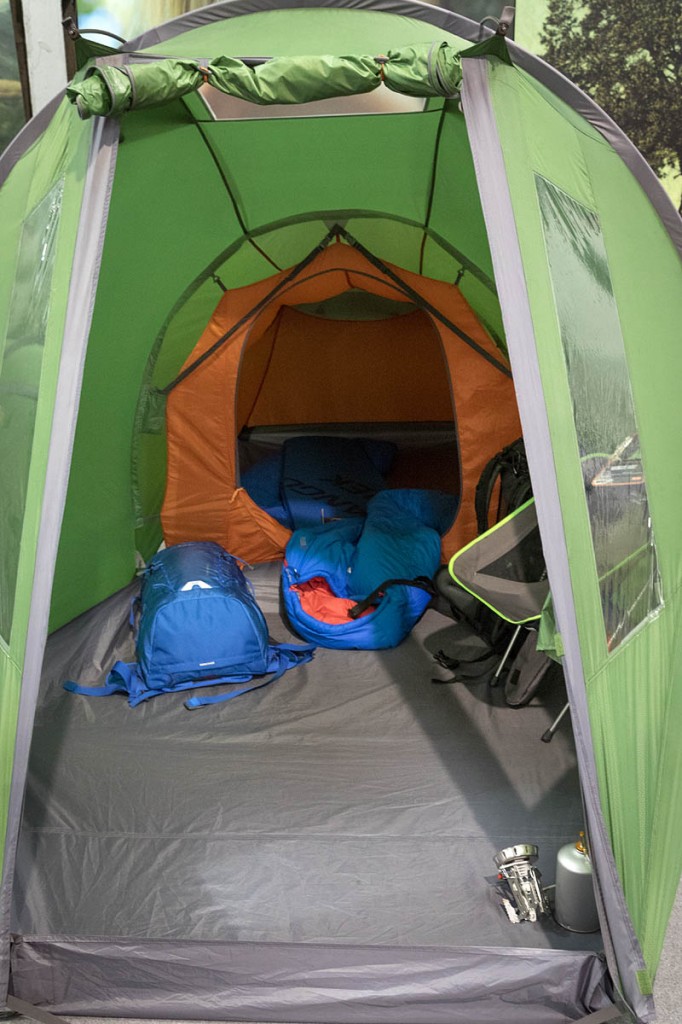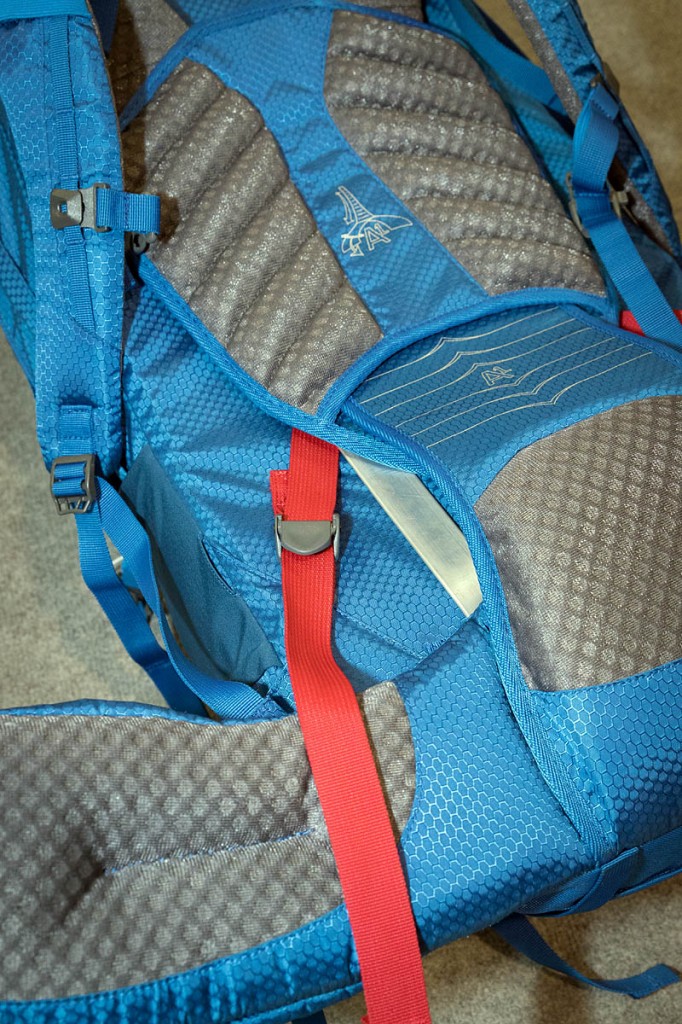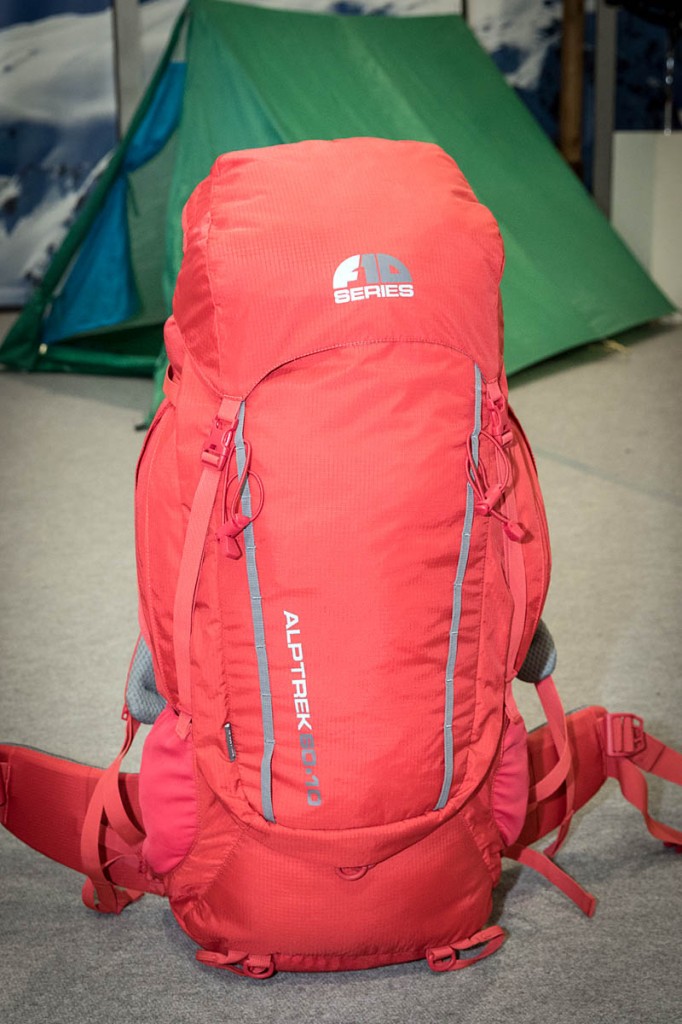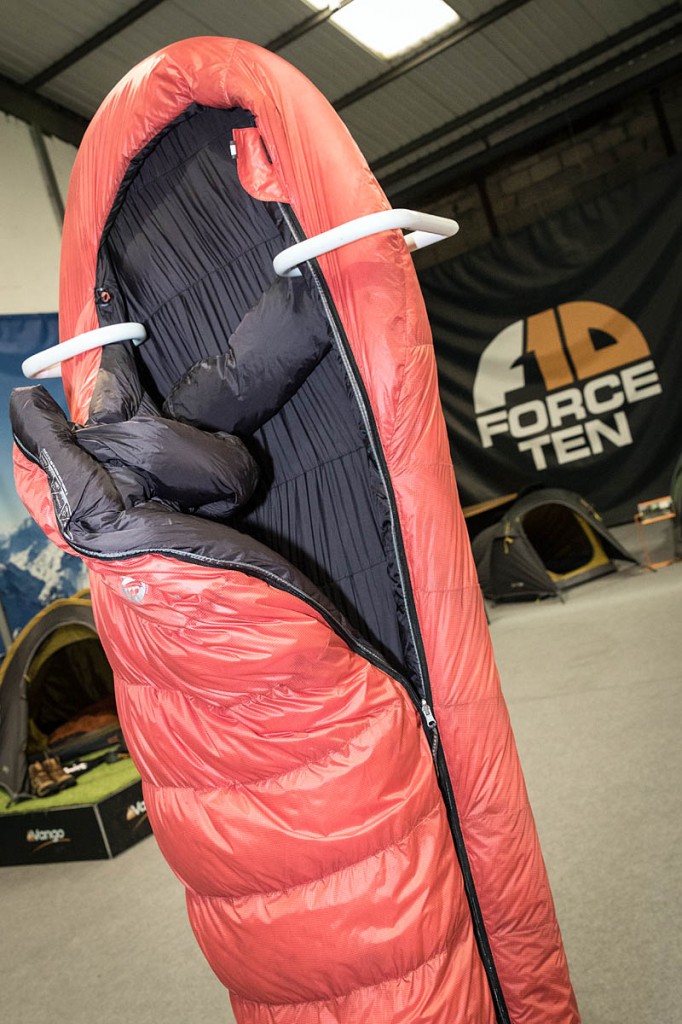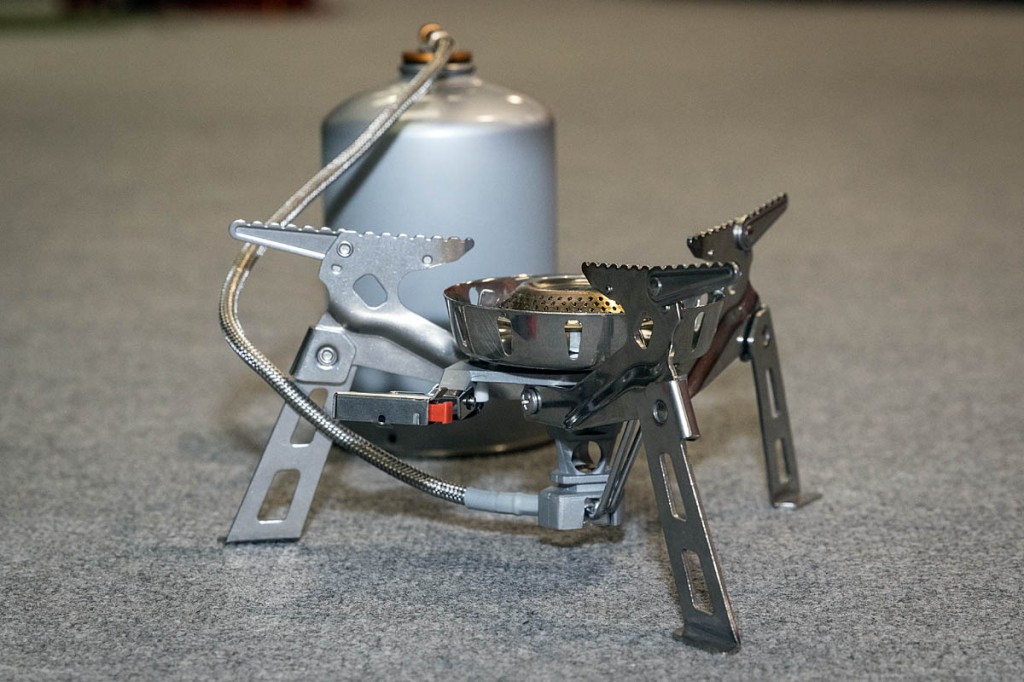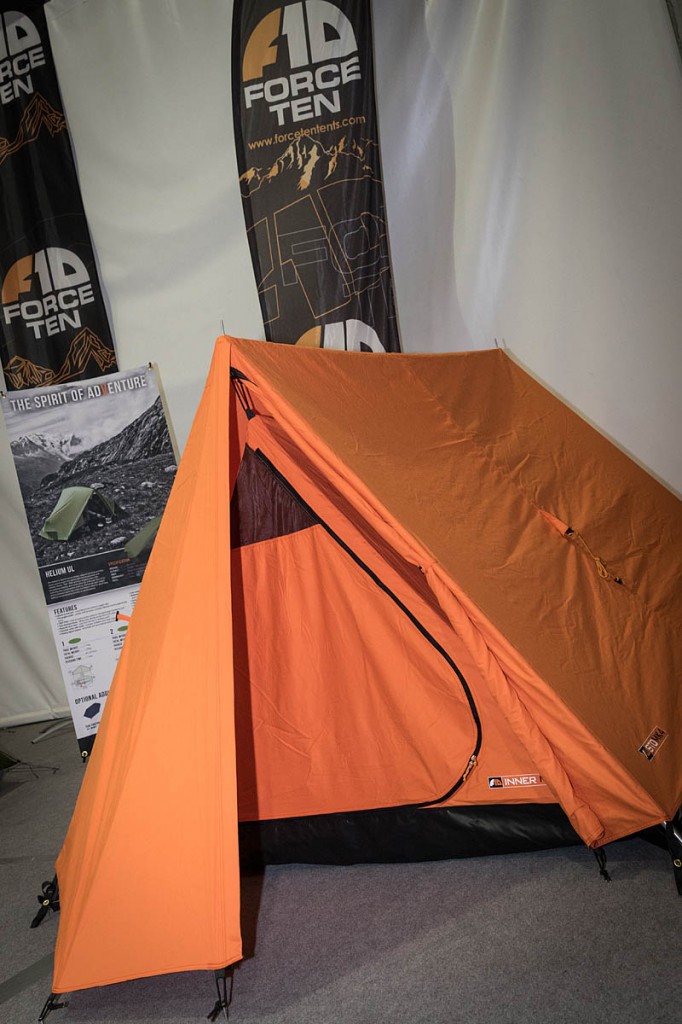
A version of the tent that started it all, the Force Ten Classic, is still on sale. Photo: Bob Smith/grough
Fifty years ago, one of the UK’s best known outdoor brands was born.
Vango came about because it was viewed by its founder Alastair Moodie that its existing name, McIlwraith and Co, was too hard for non-Scots to get their tongue around. He chose an anagram of the Glasgow district where the firm was based, Govan, for his new company.
In 2016, the brand is ubiquitous on UK campsites, and thousands of teenagers have used Vango gear on their Duke of Edinburgh’s Award or Scout expeditions.
The company’s marketing director Derek Scott says constant innovation has taken the brand to its successful position where it has more than a third of the UK tent sales market. But tents are not all Vango is about. It has 30 per cent of the UK’s sleeping-bag sales and is the market leader for rucksacks of 50 litres or more.
Grough was invited to see the brand’s latest gear and use it for a couple of days on the banks of Loch Lomond, as well as view the greater range at an unprepossessing Clydeside warehouse where its products are on display.
Vango’s huge range can seem a little daunting at first, but for the outdoor enthusiast and hillgoer, it splits its range into four categories: Trekking, Basecamp, Solis and F10 Ultralite.
The last is part of Vango’s premium range, taking its name from the very first, then revolutionary tent on which Moodie built the company. F10 is now used for its top-end products in tents, sleeping bags and packs.
The Trekking tents are lightweight with a small pack size and are the mainstay of the range used by DofE and Scout groups.
The Basecamp series has more space but is still light enough for group wild camps and is also aimed at valley bases.
Solis tents are aimed at campers heading for warmer climates (or a brief UK heatwave) and make use of extensive mesh in the inner tents.
The F10 series is tested by sponsored athletes and ranges from the solo Helium UL weighing only 1.23kg, up to the XPD aimed at explorers’ expeditions.
We slept in the new £350 F10 Xenon UL 2+, which benefits from a nice big porch with doors on each side, as well as a roomy bedroom, good enough for two people. The sleeping area is a nice length too, at 210cm, long enough for a six-footer to stretch out.
It is a three-pole tunnel tent, with stability improved by internal TBS Pro internal guying lines made from Dyneema. Weight is 2.6kg. The Xenon UL 2, at £300, is similar but without the extended porch, and weighs 2kg.
The 15-denier ProTex silicone and PU-coated nylon fly has a 3,000mm rating and kept us dry during an eight-hour period of constant Highland rain.
In Vango’s Trekking range of tents, a new colour will be available for next year, anthracite, with orange detailing, for those who hanker after something other than green.
A new model, the Meteor, will come in two- and three-person versions, weighing 2.87kg and 3.06kg respectively. Both poles of the tunnel tent are the same size and feature the ‘Gothic arch’ design to give a little extra headroom. The ProTex polyester flysheet is rated at 5,000mm and there’s a removable porch groundsheet.
As with the F10 Xenon, the tent bag is a FastPack version, with oversized top opening and compression straps to make packing away the tent much easier.
With an eye firmly on DofE and long-distance walking, the 200 will be priced at £160. The 300, three-person version is £180.
In the Basecamp range, the Galaxy was produced after feedback from youth group leaders who wanted the low-height sleeping area for warmth, combined with a large tall porch for storage and activities such as map reading. It’s possible to stand in the vestibule.
The large porch has also proved popular with bike tourers and for the first time Vango will offer a two-person model, the 200, at 5kg and costing £270. As with the Meteor, there is a mesh pocket in the roof, which can be used for a torch. The existing Galaxy 300 retails at £300.
In the Trekking range, the Pinnacle is a new rucksack that comes in 60+10 litre and 70 + 10 litre versions.
The unisex pack has an A1 easy back-length adjustment that uses a single strap to get the correct length with one hand while wearing the rucksack.
The whole front of the pack unzips to give easy access to contents. Material is 420 denier polyester and the pack has Duraflex buckles. The 60 litre model is 2.74kg and the 70 litre 2.8kg. Respective retail prices will be £100 and £110.
The F10 Alptrek is a large-capacity pack combining elements of Alpine packs and trekking rucksacks.
It features Excel 210 denier double line ripstop nylon material and a 1,680 denier reinforced base. Delrin struts are designed to distribute the pack’s weight to the hips. There’s a front-opening panel for access to contents as well as top lid access with extendable gaiter.
The two packs have the A3 back adjustment system and come in 50 + 10 litre and 60 + 10 litre versions weighing 1.98kg and 2.08kg respectively. The F10 Alptrek 50+10 will retail at £120 and the 60+10 will cost £ 130.s
The Ultralite Pro sleeping bag is part of Vango’s Trekking collection and comes in three different fill variations: 100, 200 and 300, with lower temperature ratings of 4C, -1C and -6C. The pack size is 10 per cent small than previously, 10 per cent weight has been shaved off and each model is 1C warmer than previous versions.
The bags have trilateral insulation, with one layer free floating and bonded on each face. This sits between two conventional layers. The synthetic insulation is Vango’s own 4T, which uses t-shaped fibres to ensure good thermal properties. There is a Thermal Reverb reflective layer which Vango says adds about 1.5C to warmth.
The 100 retails at £80 and weighs 900g; the 200 is £90 and tips the scales at 1.1kg, and the 300 is 1.35kg and costs £100.
The Fuse sleeping bag also comes in three versions: 2, -6 and -12, denoting each bags lower limit of 2C, -6C and -12C. They contain a blend of hydrophobic down and 4T synthetic insulation in a 70-30 per cent combination. Vango says the synthetic elements help expand the loft of the blend.
The down content is ethically sourced and certified to industry standards and consists of Teflon-coated down. The company said the hydrophobic down takes four times longer to wet out, has an equivalent fill rate 37 per cent higher and dries twice as fast as untreated down.
We used the Fuse 2 during our two nights on the shores of Loch Lomond and found the bag had a nice soft feel – it feels more like a down model than a synthetic one, which is no surprise given its high down content. It packed well and provided good insulation in conditions that varied from very damp and rainy to cooler and dry. The Fuse sleeping bags all come with a dry bag.
Prices are £130, £170 and £200.
The F10 Vulcan series of sleeping bags also has three versions, offering lower temperature limits of -7C, -12C and -17C.
All feature 100 per cent Hydro-Barrier ethically sourced down insulation in a reflective v-baffle arrangement typically found in high-end mountaineering bags.
They also have the company’s Thermal Embrace system, a gently elasticated set of seams that pull the inside face fabric into the user at the body core to enhance warmth.
There is vertical panelling at the head and foot for added comfort, and the Vulcan bags have 20 denier Polair Endure shells.
The -7C costs, £250; the -12C £300 and the -17C £350.
Vango’s Trek range of sleep mats come in two thicknesses and different lengths. They’re updated for 2017, with a new fast-flow valve with push-push opening and closing and a twist locking. The prototype Standard 3 we used had a special pre-production 3D-printed valve, which cost more than the whole mat to make. Production models will have conventionally sourced valves.
The 3cm-thickness Trek mats have diamond cut-outs in their foam filling which helps reduce with but maintains insulation and comfort.
Our Standard 3 had a good amount of comfort and insulation during nights that never dropped too cold. There’s a non-slip print pattern on the top face to help reduce slipping around on the mat and each mat comes with a repair kit and FastPack bag.
The 3cm versions come in short, compact, standard and long versions. The Standard 3 we used retails at £30 and is 183 cm long, with a slightly tapered foot area and wider hip area. It weighs 929g.
There is also a Standard 5 Trek mat, also 183cm long, but with an extra 2cm of thickness.
The range is rounded off with a 4cm-thick 40cm x 30cm sit mat.
The F10 Aero range is new for 2017 and is a lightweight series of sleepmats in four different lengths. All have 3cm of thickness and again have the Fast Flow valve. The face is 20 denier ripstop polyester and a non-slip patterned grip.
The open-cell foam filling is body mapped with areas such as shoulder, hips and feet given most insulation, and in other areas the foam is partly cored-out, saving weight and pack size.
The Standard 3 is 780g, 183cm long and will retail at £55.
There is also a Short 3, 120cm long; a Compact 3 168cm long; and a Long 3 at 198cm. The Long version is also 9cm wider than the other three versions at 60cm.
The Roar stove is a bigger, beefed-up version of Vango’s Folding Stove. Capable of boiling 1 litre of water in three minutes, it’s new for 2017 and is aimed at families and groups.
The Roar burns butane-propane mixtures and provides 3,600W of power. It has a piezo igniter and comes with a storage box. It will retail at £70.
Updates on the Vango range will appear on the brand’s website. F10 products can be seen on the Force Ten website.
- We’re currently testing Vango’s Mistral 200 from the Solis as part of a comparative review of lightweight tents that will appear in the near future.
